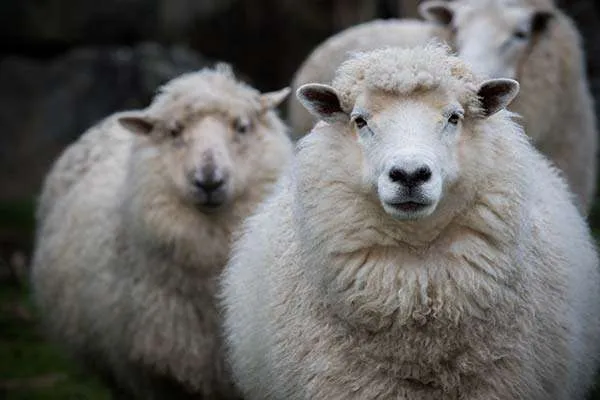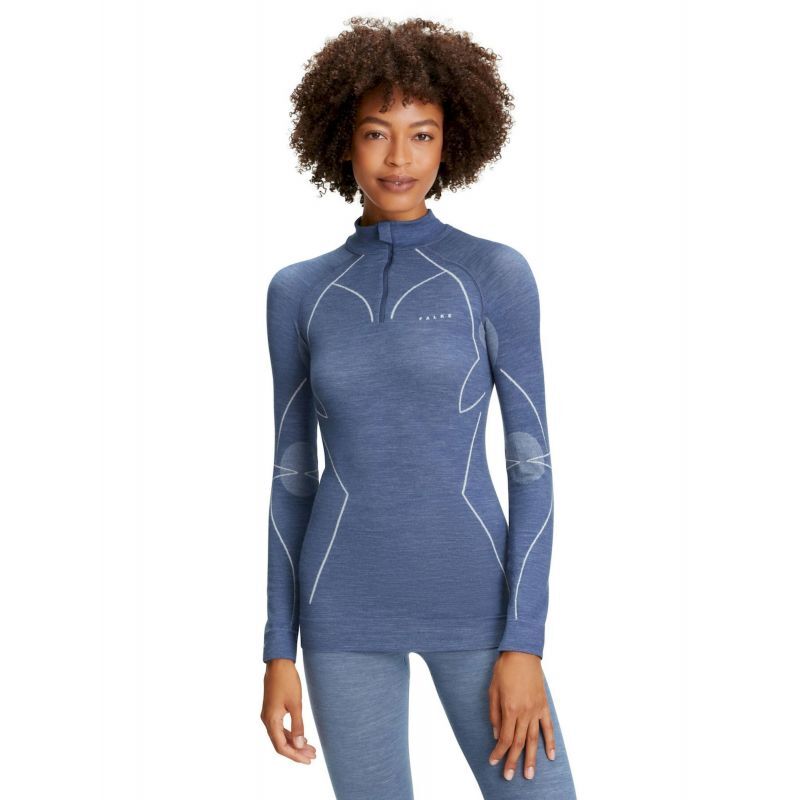Good Suggestions To Selecting Merino Wool Base Layers For Hiking
Wiki Article
What Is The Main Difference Between Merino Sheep And Other Types?
Merino sheep are different from other varieties of sheep in several ways Fine wool- Merino sheep are known for their fine wool, that is finer and softer than the wool of other breeds of sheep. Merino wool is highly prized for its comfort, warmth and versatility.
Adaptability- Merino sheep are highly capable of adapting to various climates and environments. They can thrive in both hot and cold climates and can withstand a variety of temperatures.
Resilience- Merino lambs are known for their toughness. They are resistant against numerous common diseases and are able to stand up to extreme conditions.
Fertility- Merino sheep have a high rate of fertility and can produce multiple offspring from a single pregnancy.
Merino sheep have a distinct grazing pattern that helps to protect their health and wellbeing. They are cautious and selective in their grazinghabits, which prevents them from overgrazing or eating poisonous plants.
Breeding- Merino sheep are usually selectively bred to create the highest quality wool. This has resulted in an array of Merino sheep breeds, each with unique characteristics and qualities.
Merino sheep have a long-standing tradition of being prized by their fine and flexible wool as well as their unique qualities. They are a valuable source of wool and are highly valued by farmers and breeders worldwide.

What Is The Basis Layer Of Merino-Wool Merino Differ For Mediumweight, Lightweight, And Heavyweight?
The fabric's warmth and thickness is the main difference between lightweight, mediumweight and heavyweight Merino sheep wool base layers. Here's a breakdown of the differences between the three types of base layers. Lightweight Merino wool base layers are generally made from a thin and breathable material that's perfect for cool to mild weather conditions. This is the ideal type of base layer for activities that require a lot of energy. It is essential to have a fabric with good wicking capabilities to keep you cool. It can also be used as a base layer in more cold weather and under other layers.
Midweight Merino wool base layers are constructed from more dense fabric, which provides more insulation and warmth than lighter base layers. This layer is ideal for moderate to low-intensity tasks, such as those where you don't expect to sweat a lot.
Heavyweight Merino wool base layers are made from the thickest and warmest fabric, and are specifically designed for very cold weather conditions. This base layer is great for leisure activities like skiing or snowshoeing where you shouldn't expect sweat to be a factor.
Think about the weather conditions you are planning to participate in and also the type of activity. A lightweight base layer is suitable for intense activities and cool weather. A mid-weight layer is suitable for colder weather and moderate - to heavy-intensity sports. A heavyweight layer is perfect for colder weather and activities that are low-intensity. Keep in mind that you are able to layer your clothes up or down depending upon the weather conditions. It's best not to pick a heavy base layer over a lighter one. Also, ensure the base layer is fitted and allows for full motion. Go best base layers for more advice.

Why Is Merino Wool Blended With Himalayan Yak Wool The Perfect Base Layer For Skiing?
Merino and Himalayan wool blends make a great combination to use as a base layer when skiing. Merino wool has a reputation for being extremely temperature-regulating, moisture-wicking, and soft. Himalayan Yak wool is well-known for its warmth and durable. These two fibers create a base layer which is extremely warm, dry control, and breathable. It is ideal for skiing. Merino wool is a great way to regulate body temperature and helps to wick away moisture to keep your body dry. Yak wool is an additional layer of insulation and can provide warmth in cold weather. In addition, the blend of Merino wool and yak wool provides greater durability and resistance to wear and tear, making it a fantastic option for a base layer that will be used in intense sports such as skiing. Merino wool mixed with Himalayan-yak wool creates an ideal base layer that is ideal for skiing and other winter activities. Go click here for best hiking base layer for more tips.

What Other Fabrics Are Accessible For Yak Wool And/Or Merino Ski Clothing? Are They Superior?
There are several alternative fabrics to Merino wool and Himalayan yak wool for ski gear, however they might not be as efficient in keeping you dry, warm, and comfortable on the slopes. Here are some alternative fabrics and reasons they might not be as good for skiing. Cotton- Cotton is a very common fabric that's employed in the production of clothing. Cotton can absorb moisture and stay damp and make you feel damp and cold. Cotton is not an insulation, and it won't keep you warm in colder weather.
PolyesterThe fabric Polyester is a typical synthetic fabric used in ski clothing. It is quick drying and moisture-wicking, but it does not provide the same warmth and insulation as Merino or Himalayan wool. Additionally, some people find polyester less breathable and more uncomfortable than natural fibers.
Nylon-Nylon, a synthetic fabric is well-known for its strength and resistance to abrasion. Nylon-Nylon can be used as ski clothes, however it's not a great source of warmth or insulation. Furthermore, nylon isn't as permeable as natural fibers like Merino wool. This could make it uncomfortable to wear for extended periods of time.
Fleece Fleece is a popular fabric that is a mid-layer for skiers. Although it can provide warmth and insulation, it's not as effective as natural fibers such as Merino wool and Himalayan yak wool. A lot of people consider fleece to be less breathable and more likely than natural fibers, to hold moisture.
Overall, while there are a variety of alternative fabrics that can be used in place of Merino wool as well as Himalayan yak wool for ski gear, they may not be as effective for keeping you warm, dry, and comfortable when you're on the slopes. Merino wool and Himalayanyak wool are natural fibers that give you more warmth, insulation as well as the ability to regulate moisture and breathe. This makes them an ideal option for ski clothing.